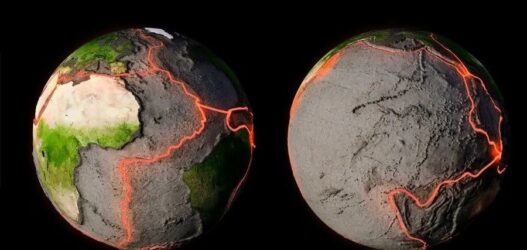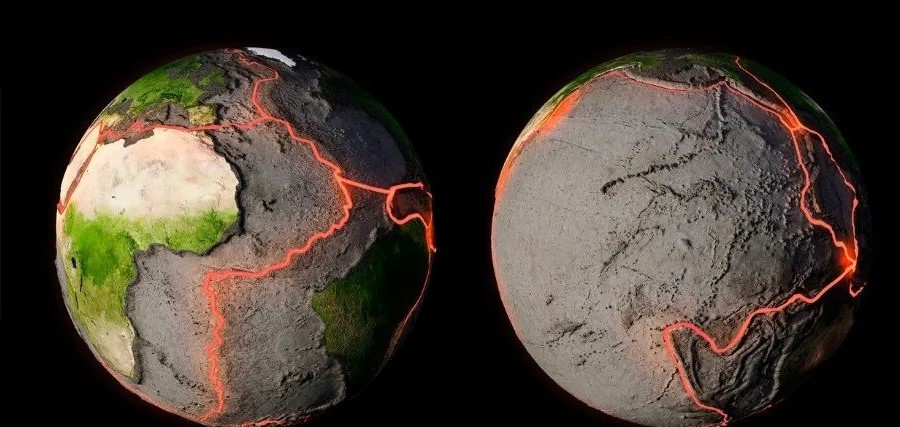Our home, planet Earth, that vibrant blue sphere, holds a captivating secret. Billions of years ago, a geological process unlike any other in the cosmos began to shape its very essence. This process not only remodeled the surface but also profoundly influenced the carbon cycle. It’s known as plate tectonics.
Earth’s “Life Support System”
Plate tectonics, like a colossal “Earth Engine”, continuously consumes and reshapes the planet’s rocky outer shell. Scientists believe it’s intricately linked to Earth’s habitability, perhaps even a prerequisite for life itself. Imagine a world where it never existed, our lakes would likely be frozen solid, oceans would be depleted of essential nutrients, and Earth’s climate may long ago have plunged into an uninhabitable state of frigidity.
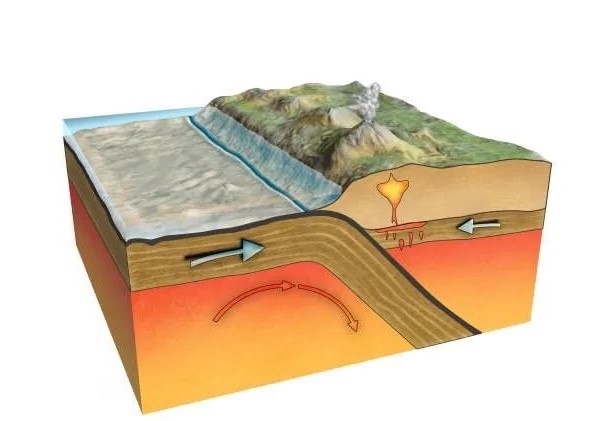
A Cosmic “One-Off”?
Surprisingly, among the four terrestrial planets in our solar system, Earth stands alone with its active plate tectonics. Even more intriguing is the fact that we’ve yet to find definite signs of it existing beyond our solar system. This raises the question: is plate tectonics truly the key to Earth’s thriving biosphere? Or is it an incredibly rare cosmic coincidence?
The Webb Telescope: Ushering in a New Era of Exoplanet Geology
Now, with the help of the James Webb Space Telescope (JWST), scientists are beginning to probe the geological character of other planets. While finding a planet with plate tectonics might be a shot in the dark, success could unlock the mystery of how life arose on Earth and where else to look for extraterrestrial life.
How Does Plate Tectonics Mold Earth?
Plate tectonics is akin to a massive puzzle, where Earth’s rocky outer layer is fragmented into tectonic plates, drifting across the viscous mantle. Hot material rises, volcanoes erupt, and new land is formed. When plates collide, one can slide beneath another, forcing cooler and denser material into the mantle completing the cycle. This process not only shapes our planet’s terrain but also provides nutrients to marine life, and it regulates Earth’s carbonate-silicate cycle, maintaining our planet’s temperature—like a celestial thermostat.
Exoplanet Geology: A New Frontier
Our understanding of plate tectonics on Earth might offer insights into exploring other planets. Now, we have an opportunity to hunt for Earth’s companions by analyzing geological processes on exoplanets.
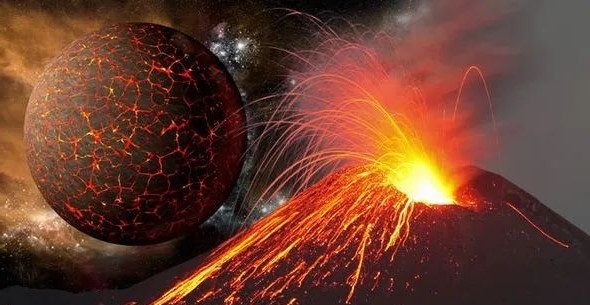
LHS 3844 b: A Curious Candidate
LHS 3844 b, an exoplanet orbiting a small, dim star, might harbor a peculiar “hemispheric tectonics.” This planet is tidally locked, with one side perpetually facing its star and the other in eternal darkness. The huge temperature difference between the two sides could drive a novel type of tectonic activity. While this process isn’t exactly the same as Earth’s, it shows that plate movement may not be unique to our planet.
Seeking Clues to Plate Tectonics
Though we cannot directly see plate movement on other planets, indirect clues, like volcanic activity patterns, volcanic gas composition, and the types of surface rocks, can be used to find evidence. For example, concentrated volcanic activity might suggest a certain degree of tectonic activity.
LP791-18d: A Potential Volcanic Star
LP791-18d, a “terrestrial-like exoplanet” is in a gravitational environment that can lead to strong volcanic activity. Scientists are using the James Webb Space Telescope to detect if this planet is surrounded by a volcanic atmosphere rich in carbon dioxide. If confirmed, it will be the first time we can detect volcanic activity on other planets.
The Secrets of Rocks: Revealing a Planet’s Tectonic History
If a planet lacks an atmosphere, we can directly analyze its surface rocks. Different rocks like basalt, peridotite, and granite can reveal the planet’s formation history and geological activity. For example, granite is the product of repeated melting and recycling and that could be an indicator of plate tectonics.
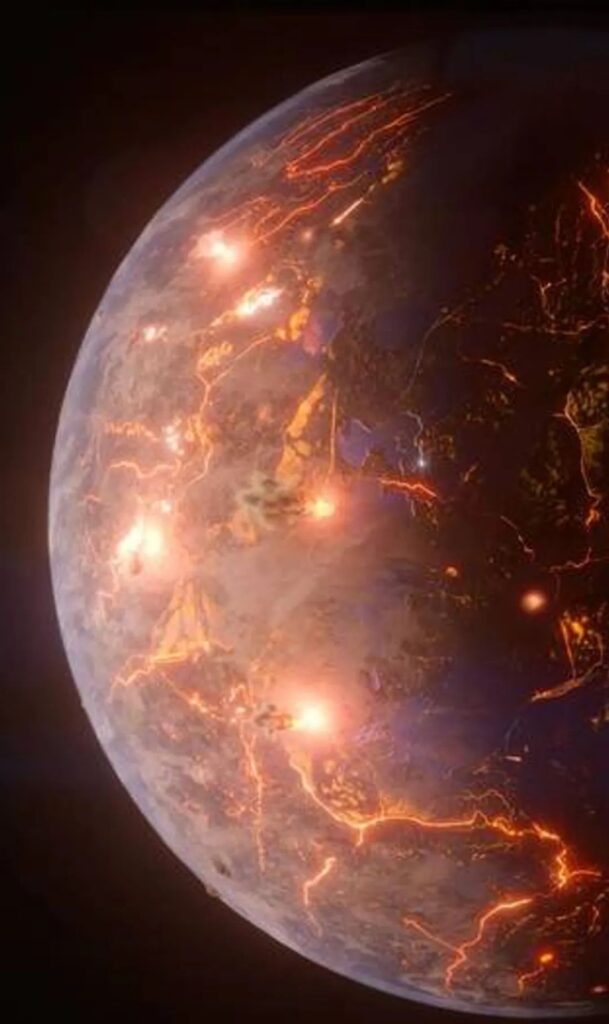
Plate Tectonics: Unique to Earth?
Is plate tectonics exclusive to Earth? Perhaps. Perhaps not. What’s undeniable is its key role in making Earth habitable. Only by exploring more exoplanets can we truly understand its significance and gain a deeper appreciation for the origins of life in the cosmos. The quest for a planet with plate tectonics may be even more challenging than the search for alien life itself, but it might hold greater implications for comprehending our own planet’s uniqueness and the boundless possibilities that exist throughout the universe.







